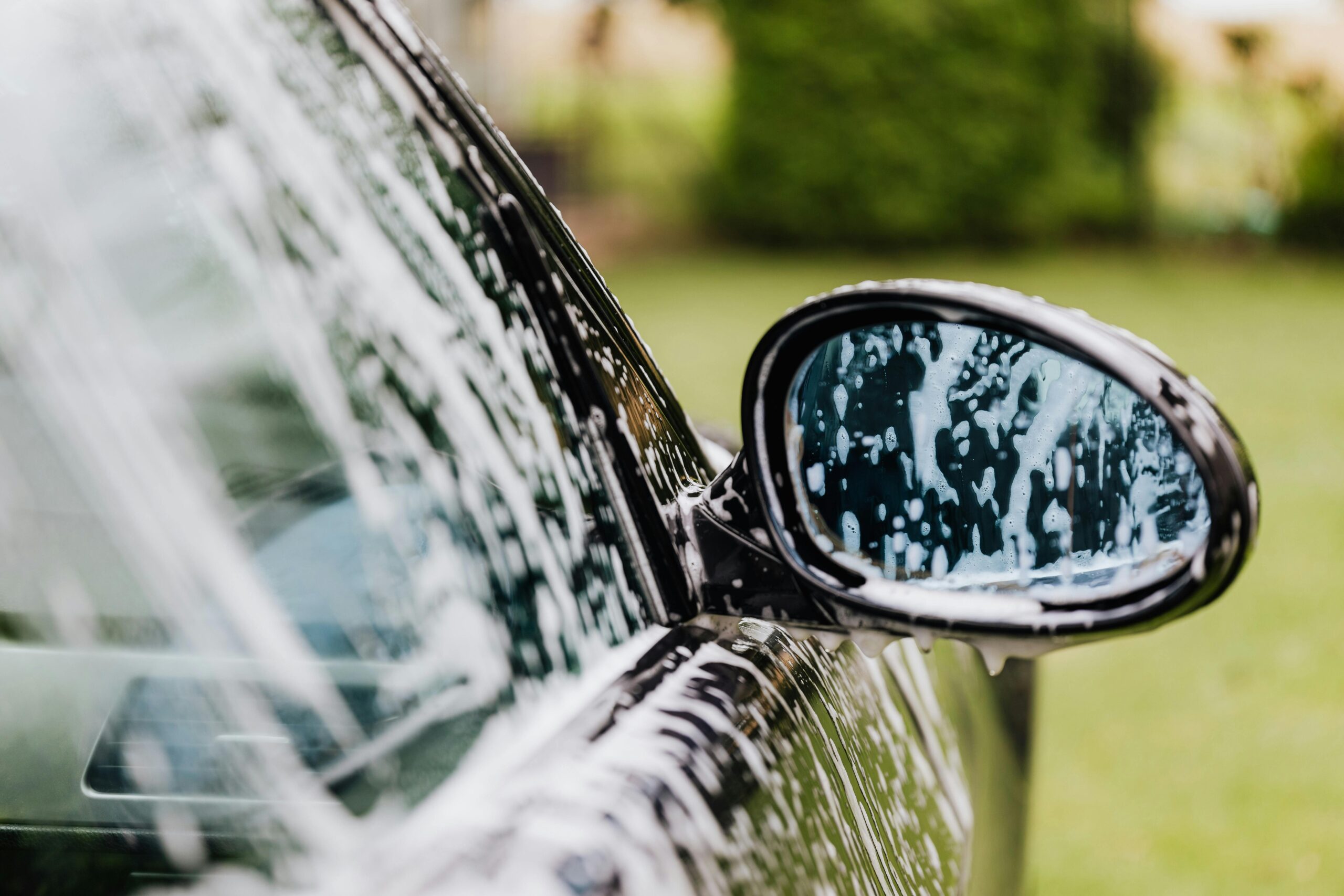Proper vehicle safety not notable guarantees that your automobile operates effects however additionally extends its lifespan and enhances protection. Regular safety can save you pricey upkeep and enhance your vehicle’s overall performance. Here are important protection pointers each car owner have to test to maintain their car in pinnacle form.
1. Check and Change Your Oil Regularly
Oil lubricates the engine’s moving factors, stopping friction and overheating. It’s important to test the oil diploma frequently, further to replace it at the same time as vital to make sure the engine runs without troubles.
How Often: Most motors require an oil change every 5,000 to 7,500 miles. However, talk over with your automobile’s manual for particular tips.
Signs You Need an Oil Change: Dark, dirty oil, engine noise, or the oil warning slight can recommend that it’s time for an oil exchange.
2. Monitor Tire Pressure and Rotate Tires
Tire pressure affects fuel standard performance, dealing with, and tire wear. Under-inflated tires put on out faster and may be unstable to strain on. Regular tire rotations additionally help ensure even tire put on, prolonging their existence and improving dealing with.
How Often: Check your tire strain at least as rapid as a month and rotate tires every five,000 to eight,000 miles.
How to Check: Use a tire pressure gauge and compare the readings for your car’s advocated tire stress (commonly listed on the reason stress’s element door).
3. Replace the Air Filter
A clean air filter lets in for pinnacle of the road airflow into the engine, enhancing fuel familiar overall performance and decreasing emissions. Dirty air filters can bring about terrible engine normal popular average overall performance and decreased fuel monetary device.
How Often: Generally, air filters ought to be replaced every 12,000 to fifteen,000 miles or as endorsed on your manual.
Signs to Replace: Reduced acceleration, a musty fragrance, or unusual engine noises can suggest a dirty air clear out.
4. Inspect and Replace Brake Pads
Brakes are one of the most vital protection components of your vehicle. Regularly analyzing the brake pads can assist save you positioned on and tear at the brake rotors, which might be extra expensive to replace.
How Often: Inspect brake pads every 10,000 to fifteen,000 miles, counting on your the use of behavior.
Signs of Worn Brake Pads: Squealing sounds, a pulsating brake pedal, or the brake caution mild also can moreover propose it’s time for opportunity.
5. Check and Maintain Your Battery
A automobile battery usually lasts about 3 to 5 years. Regular preservation, on the facet of cleaning the terminals and checking for corrosion, can help save you sudden battery disasters.
How Often: Inspect the battery terminals and clean any buildup every few months.
Signs of a Weak Battery: Difficulty beginning the engine, dim headlights, or a rotten egg scent from the battery endorse it could need replacement.
6. Replace Windshield Wipers
Worn-out wipers can purpose terrible visibility ultimately of damaging weather. Replacing them in advance than they genuinely become worse guarantees smooth visibility, contributing to strong using.
How Often: Replace windshield wipers every six months to a 365 days, or while you observe streaking.
How to Choose Wipers: Refer for your proprietor’s guide for the right length and type for your automobile.
7. Top Off Fluids and Replace as Needed
Various fluids keep your car walking without hassle. Regularly topping off and changing those fluids can help prevent damage to components and ensure reliable ordinary general overall performance.
Engine Coolant: Ensures the engine doesn’t overheat. Check coolant ranges monthly and top off or replace every 2 to three years.
Transmission Fluid: Essential for easy transferring, transmission fluid ought to get replaced every 30,000 to 60,000 miles.
Brake Fluid: Helps with brake responsiveness. Check and update each 2 years or as encouraged.
Power Steering Fluid: Ensures clean guidance. Check tiers periodically, and replace each 50,000 miles or as in step with your manual.
8. Inspect and Replace Belts and Hoses
Belts and hoses on your engine compartment are important for your car’s functioning. A broken belt or a leaky hose can motive engine failure or overheating.
How Often: Inspect belts and hoses every 30,000 miles for symptoms and signs and signs and symptoms of harm.
Signs of Wear: Cracks, leaks, or squeaking noises at the equal time as the engine is on foot recommend those additives want interest.
9. Keep Your Car Clean Inside and Out
Regular washing no longer terrific continues your vehicle looking appropriate but moreover protects the paint and stops rust. Interior cleaning maintains the cabin cushty and may lessen allergens, dirt, and micro organism buildup.
How Often: Wash the outdoors each weeks and the interior monthly.
Tips for Cleaning: Waxing your vehicle every 3 months can defend the paint from elements, on the same time as vacuuming and wiping down surfaces inner hold a smooth cabin.
10. Perform Scheduled Maintenance
Your automobile’s manufacturer presents a safety time desk that outlines key services at specific mileage durations. Following this time desk ensures your automobile stays in pinnacle condition, and it may assist preserve your guarantee.
What’s Included: Scheduled renovation typically covers oil changes, filter replacements, fluid top-offs, and system inspections.
Where to Find the Schedule: Check your car’s owner guide for the whole agenda. Most dealerships or licensed issuer facilities can also get proper of access to this facts.

By following those essential automobile protection pointers, you can preserve your car taking walks without issues, prevent surprising troubles, and make certain its sturdiness. Regular safety not fine saves coins on renovation but moreover contributes to more steady the use of and a extra a laugh experience. Make a addiction of checking your car regularly, and are seeking for recommendation from a mechanic in case you’re uncertain about any element of automobile upkeep.

